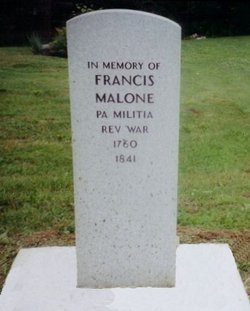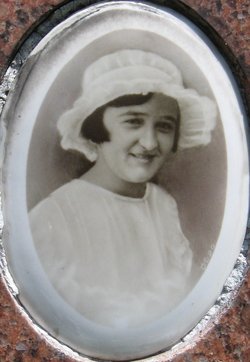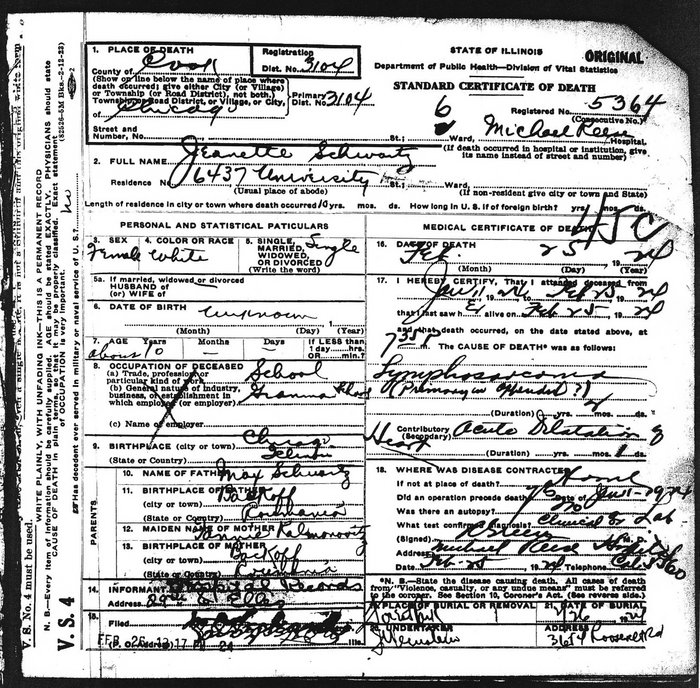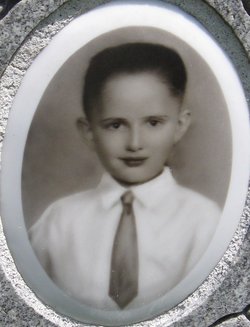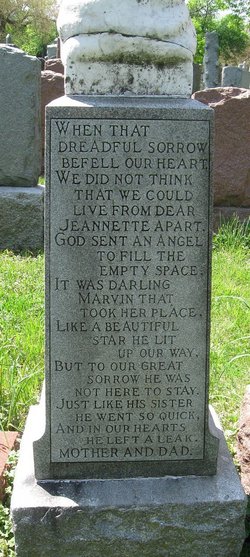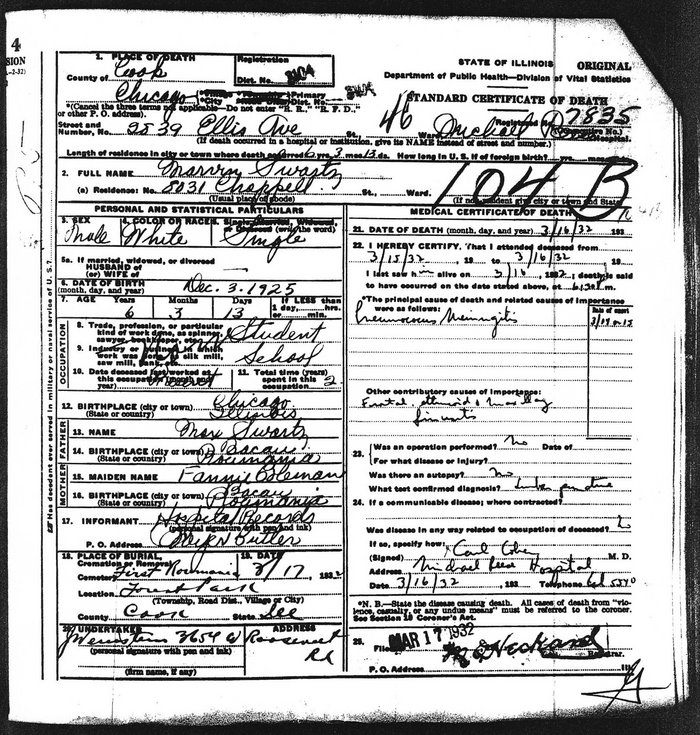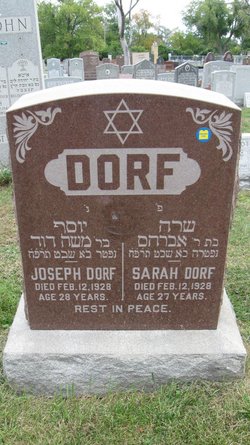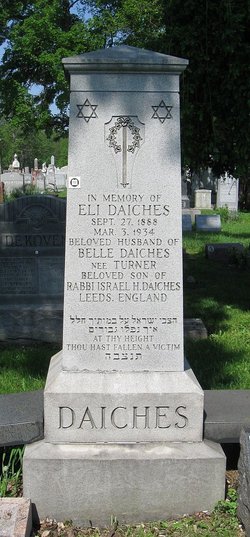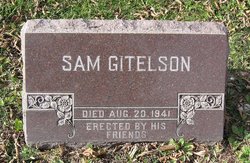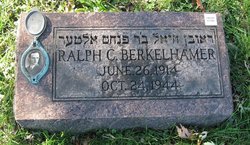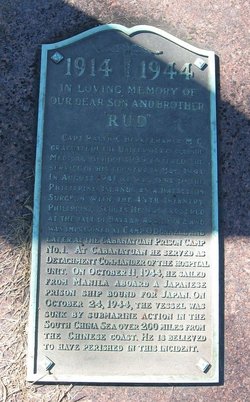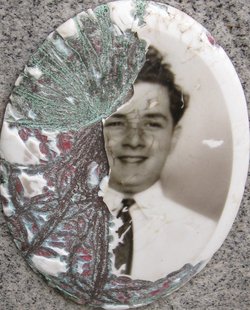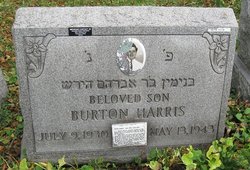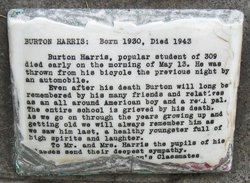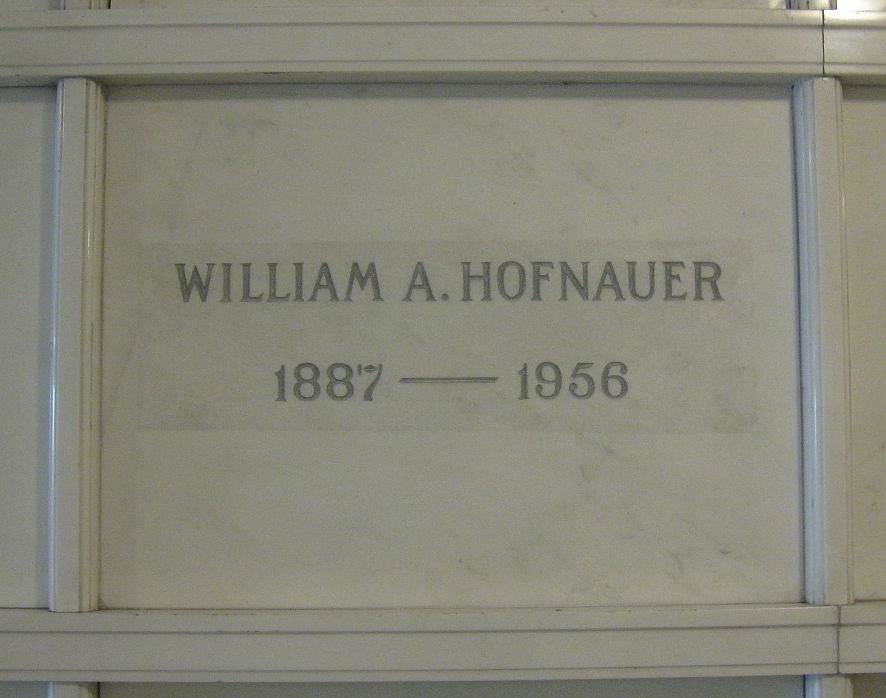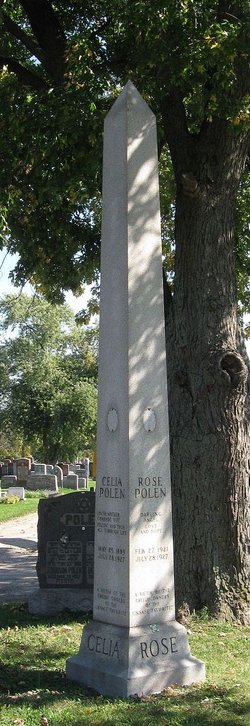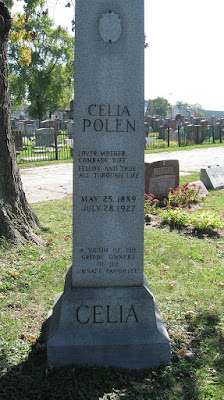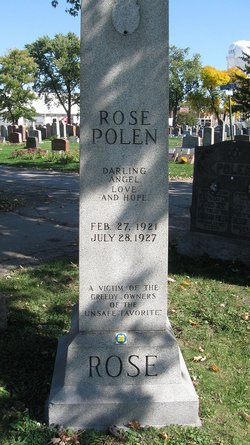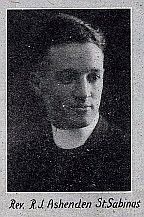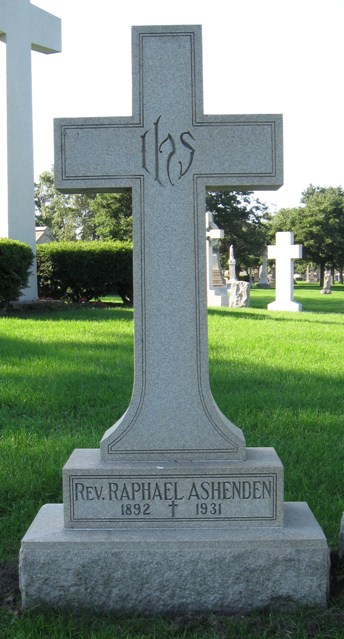Most everyone is aware of the terrible disaster of the Eastland, a ship which turned over in the Chicago River in July of 1915. Over 800 people died that day. But I had never heard of the disaster of the Favorite, an excursion boat which capsized in Lake Michigan in July of 1927 killing twenty-six people, mostly women and children. One day, while photographing graves in Jewish Waldheim Cemetery in Forest Park, I came upon the grave of two of the victims of the Favorite: Celia Polen and her daughter Rose. Here is the sad tale:
26 EXCURSIONISTS DROWN; BOAT IS UPSET AT CHICAGO IN A TREMENDOUS SQUALL
Storm Comes Up Suddenly.
Women and Children Struggle in Water After Craft Capsizes.
Yachtsman to the Rescue
Wealthy Chicagoan and Companions Save Many
Fighting for Life.
Weissmueller Gets Bodies.
Noted Swimmer, Diving With Brother, Brings Up 8
From Underneath Vessel.
CHICAGO, July 28 - With lightning flashing and thunder crashing, at least twenty-six excursionists, the majority of them women and children, were drowned in Lake Michigan this afternoon when the small power excursion boat Favorite capsized in a terrific squall. One boy is still missing.
When derricks raised the vessel from the lake bottom just before midnight seven bodies were found in a cabin and the engine room.
The victims of the disaster, all being Chicagoans, except where noted, were as follows:
DEAD
ABERNATHY, Robert, 4,Evanston
ABERNATHY, Charles, Jr., 3, Evanston
BERNDT, Mrs. Amanda
CARPENTER, Mrs. Pearl
ERICKSON, Robert, 6
FENTON, Mrs. May, 46
FENTON, Vincent, 10
HENDRICK, Mrs. Fanny, 40
HENDRICK, Mary Jeanette, 6
HOLMES, Mrs. Fanny, Berwin
KOUTNEC, Harry, 7, Elmwood Park
KOUTNEC, Mrs. Olga, 38
MURRAY, George
MURRAY, Margaret, 8
PARENTI, Mrs. Mabel, 23
PARENTI, Anthony, 8 months old
POLEN, Mrs. Cecilia, 38
POZNER, Nathan, 40
POZNER, Bessie, 9
RESNICK, Mrs. Sarah, 24
RESNICK, Bernard, 5
SCHLAUDER, Eileen, 5
YOUNG, Mrs. Clara, 34
YOUNG, Lois, 5
Unidentified girl, 8 (subsequently identified by her father as Rose Polen)
MISSING
Citera, Michael, 7
Tonight several official inquiries were begun. Coroner Oscar Wolff impaneled a jury of business men who tomorrow will conduct an inquest. State’s Attorney Robert E. Crowe and Police Chief Hughes directed separate inquiries.
All the passengers, numbering seventy-five, were cast into the water when the craft turned over. The greater part of them were mothers and young children, some of them babes in arms, who had sought a trip on the lake to escape one of the city’s hottest days.
The disaster was plainly observable, from the Municipal Pier and from North Avenue beach were hundreds had gathered for bathing. Sailing and power boats near the spot and others who put out at once from shore hastened to the rescue.
William Hofnauer, a wealthy yachtsman, and his guests and crew were among the first to reach the scene and pick up as many as the could of those still afloat.
The Favorite was a two-decked, sixty-four foot gasoline power boat plying between Lincoln Park and the Municipal Pier, three miles away. At 3:30 o’clock, loaded with her cargo of children and their holiday-bent mothers, the craft shoved off from the pier at Fullerton avenue in Lincoln Park.
Bright sunshine played down upon them and the cooling breeze was a welcome relief to the sweltering passengers. As the boat moved toward the Municipal Pier, running about a mile from shore, dark clouds appeared and the wind whipped up high waves.
Lightning flashed and then the thunder crashed . In that moment of squall, almost attaining cyclonic proportions, a burst of rain struck the boat.
Terrified, the passengers on the shore side ran to the opposite rail and huddled there away from the storm. Children clung whimpering to their mothers, and the latter, still unaware of real danger, comforted them.
The rush to this side caused the craft to list heavily. The wind increased, adding to the list.
As the boat careened, a wave rose nearly to the rail. The wave receded, then another came, and this one engulfed the lower deck and flooded the craft with water.
Immediately while the cries of the children and the frantic screams of their mothers resounded, the Favorite toppled over, hurling its human freight into the water.
Children and mothers were torn apart as all sought wildly to save themselves. Some clung to the boat and were drowned. Some were caught in the boat’s gear and were drowned. Some, flung out and unable to swim, drowned. The surface of the water was alive with those who could swim, many of them children paddling bravely, not knowing where to swim to, but just keeping above the water.
Still the rain beat down in torrents, and the thunder and lightning crashed and added to the horror and distress. Mr. Hofnauer, who lives at 1,540 Lake Shore Drive, and is President of the Chicago Waste Company, was cruising in his yacht, the Doris. With him was James O’Brien, his secretary; his captain, Christ Carlson, and a guest, Warren Corning of Wilmette. They were bound for Corning’s home.
When the squall hit them Mr. Hofnauer saw the Favorite was in distress. Then a burst of lightning showed the Favorite capsizing. Mr. Hofnauer ordered Captain Carlson to put on all speed and make for the overturned craft.
As the Doris reached the capsized craft, lines were thrown to her and fastened. Mr. Hofnauer jumped aboard the Favorite and pushed the survivors up to O’Brien. Mr. Corning, President of the Warren Corning Company, took charge of the life lines.
“Aboard the Favorite there was pandemonium,” Mr. Hofnauer said. “They were mostly women and children. Everyone was shouting and weeping and tugging at each other. ‘Save my child.’ ‘Save my mother.’ ‘Save my father.’ That’s all we heard.
“Some of them tore at each other and ripped away clothing in their frantic efforts to get aboard the Doris. Others couldn’t be persuaded to leave the sinking hulk until they found their relatives. We had to fight with many and carry them by force. Most of them were children.
The men were so exhausted from fright and being in the water that they couldn’t help us at all. After forty-five minutes we knew there was no hope for those between decks, so we cut away and started for shore, leaving Captain Olson the only live man on the sunken boat.
“Then we had a near panic. With a crying, frightened, and hysterical and half-drowned crowd packed on the decks and stuffed like sardines in the cabin, the Doris settled in the water and listed until we were in danger of capsizing. With the help of a young priest and a couple of other survivors who weren’t quite crazy, we got them to all stand still and came on safely.”
Mr. Hofnauer is a close friend of Mayor Thompson.
“Captain Olson of the Favorite isn’t to blame”, Mr. Hofnauer said. “We had a more seaworthy boat, and for five minutes we didn’t know whether we could weather the gale ourselves.”
The stories of O’Brien and Captain Carlson coincided with that told by Mr. Hofnauer.
“They were all yelling ’Save me, save me’” O’Brien said. “I crawled into the pilot’s cabin and pulled out two women and three kids who were half drowned and lugged them to the Doris. There was another in the pilot’s cabin that I couldn’t get at until too late. I had to leave the body there.”
“The body of a woman was caught between decks and a man and a young boy were tearing at it.
“Let that alone and come aboard before you’re drowned!” I shouted.
“Mother, mother”, wailed the boy, “Mother, don’t you hear?”
The man said “That’s my wife. Oh, save her, save her! Can’t somebody do something?”
“We worked awhile and got the woman’s body loose. She was dead but they both clung to her and tried to pump the water out of her, all the time wailing ‘Mother’”.
Those rescued and the bodies taken from the water were hurried to shore at the Municipal Pier, at the Oak Street and North Avenue beaches and at Fullerton Avenue. The Fire Department rushed to the scene every inhalator squad with oxygen machines and by prompt action saved many victims.
Four women and seven children, all unconscious, were the first to be taken to the Municipal Pier. All the children were resuscitated, some of them having been good swimmers and needing only warmth and stimulation to revive them. One of the women, Mrs. Cora Bordensen, was revived and later taken to the Presbyterian Hospital. The three other women were dead, an hour of work with oxygen machines failing to revive them. The bodies were taken to an undertaking establishment, where three others had already been laid out.
There were ten more victims in another undertaking place, of whom five were identified. An additional body in another morgue accounted for seventeen dead.
As soon as news of the disaster was broadcast over the city, hundreds of relatives whose kin had gone holiday-making and had not returned started to search for them, and soon a fearful tour of the undertaking establishments had begun.
The gruesome mission reminded policemen of similar scenes enacted twelve years ago last Sunday when the Eastland tipped over in the Chicago River, carrying hundreds to their death.
News of the boat’s fate attracted thousands of Chicagoans to the lake shore. A huge crowd gathered at North Avenue to watch the rescuers bringing in bodies. Others lined the shore from Fullerton Avenue south to the Municipal Pier. Traffic became so dense that no motion was possible around the North Avenue zone and mounted policemen were summoned to clear the street and enable ambulances and fire squads to make their way.
Investigations to determine the cause of the disaster were started by a dozen departments.
Captain Arthur Olson, commander of the Favorite, with his chief engineer, George Jones, and three deck hands, was taken into custody and examined by the police.
Noted swimmers joined the rescuers and were taken to the scene in speed boats. Among them were John Weissmueller, noted aquatic champion, and his brother, Peter, who dived repeatedly for bodies. John alone brought up eight bodies.
There was one lifeboat on the craft, and three children made their way to shore in it.
Katherine Olson, ten years old, daughter of the captain, was on the boat selling candy. Rescuers took her to the pier, where she gave as clear an account as any of the mishaps.
“The weather was fine when we started”, she began, “and it was to me just another trip in the hundreds I have taken.
“Then suddenly the terrible storm broke, and it was so strong that the waves got awfully high. Then the rain came down in buckets, it seemed, and everybody on the shore of the boat ran to the other side.
“The boat began to tip, and the kids were crying, and I was scared plenty myself. I saw one big wave come almost into the boat, but it went back. Then another one came and went over us all.
“I don’t remember the rest clearly. There was a lot of terrible howling. I fell into the lake, and felt the bottom with my feet; then I paddled my way up and managed to swim around until someone picked me up.”
L.B. Hendricks, of Sterling, Ill., had sat down on the shore to watch his wife and two children take the excursion trip.
He saw the storm rise and then, in the lightning flashed, saw the boat capsize. Distracted, he paced the shore waiting for the first rescue craft to reach the shore. When it did, the bodies of his wife, Mrs. Fannie Hendricks, and the children, Murray, seven years old, and Mary, ten years old, were lying on the deck. Hendricks, crazed by grief, collapsed.
Seven members of the Berndt family were on the Favorite. Four are believed to have been drowned. Before she plunged into Lake Michigan Mrs. Berndt threw her five-year-old daughter, Lois Lorraine, into the water.
“I have heart trouble”, said the mother, “and to avoid dragging my baby down if I should collapse in the water I kept away from her. I knew she could swim, and after we both struck the water I saw her swimming without any panic. I knew my duty was to keep away from her and to keep my mouth shut. I asked some men in a rowboat to pull us into their boat, but they refused. Finally they threw us a rope.”
Captain John F. Hansen, head of the local board of United States Steamship Inspectors, will start an investigation of the condition of the Favorite preceding the accident. So far as his records go, he said tonight, the boat was regularly inspected and in good condition. Its carrying capacity was 160 passengers and no charge was made that it was overloaded.
Captain Olson and his crew were still being examined at a late hour by Police Chief Hughes and several Assistant State’s Attorneys at the State’s Attorney Office. Their early investigation tended to exonerate the captain of any blame since the boat had been proclaimed safe by Federal inspectors and was said to have its full quota of life preservers and other life saving equipment.
Charles T. Abernathy, an employee of the Public Service Company, declared that four of five life preservers which he seized and attempted to place around his wife’s waist had straps which had rotted and broke when he sought to fasten them. Two Abernathy children, Robert, 4 years old, and Buddy, 3, were drowned.
The New York Times - July 29, 1927
Celia Polen and her daughter Rose, are buried at Gate 97 - Congregation Anshe Chodorkov. May the souls of Celia and Rose, and all of the victims of the Favorite, rest in peace.
